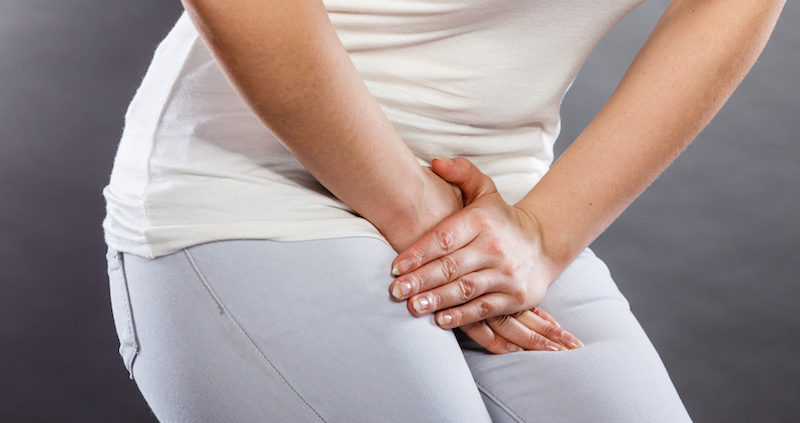Urinary Tract Infections (UTIs) – breaking the vicious cycle
UTIs are very common, especially in women. It is estimated that 1 in 5 women will have a UTI at some point in their lifetime and once you have had one infection you are much more likely to have another. The standard medical treatment is with antibiotics. The problem with antibiotic treatment is that whilst it will tend to work in the short term (and is often an essential treatment to avert a more serious infection of the kidneys), there is an increased risk of developing imbalances in the beneficial bacteria (microflora of the gut and urinary tract) and antibiotic resistance (which has recently been described as a significant threat to our future health by Professor Dame Sally Davies – England’s Chief Medical Officer). It is the disruption of the microflora in conjunction with growing antibiotic resistance that are the key reasons as to why UTIs often re-occur.
Thankfully numerous clinical studies indicate that several natural substances work very effectively to help prevent UTIs and there is also considerable evidence to suggest that these natural substances can also work very effectively even in acute infection scenarios, as long as the intervention is initiated as soon as an infection is suspected.
The best studied natural agent to help with UTIs is D-mannose (a simple sugar – available from any good health store), and is very effective at helping control UTIs that are caused by E.coli bacteria. The majority of UTIs are caused by E. coli. When however E.coli is not the cause, the use of D-mannose is unlikely to help. There are a number of other bacteria that can cause UTIs and often it is possible to find out what bacteria are involved through testing. Once the species of bacterium involved has been identified a suitable natural intervention can be applied.
Another reason to consider, if natural compounds such as D-mannose do not work, is biofilm issues. Biofilms surround a collection of bacteria that are attached to the body, effectively creating a shield that protects them from being attacked/controlled (the best example of this is plaque on the teeth) – this makes this type of infection very difficult to control. The key to breaking this cycle is to therefore disrupt the biofilm, which can be done using specialised enzymes.
So, if you are presenting with regular UTIs and you want to break the vicious cycle, you might want to consider working with a suitably qualified practitioner to improve overall gut health and the balance of the microflora, inbetween infections.


 RT
RT 

Leave a Reply
Want to join the discussion?Feel free to contribute!